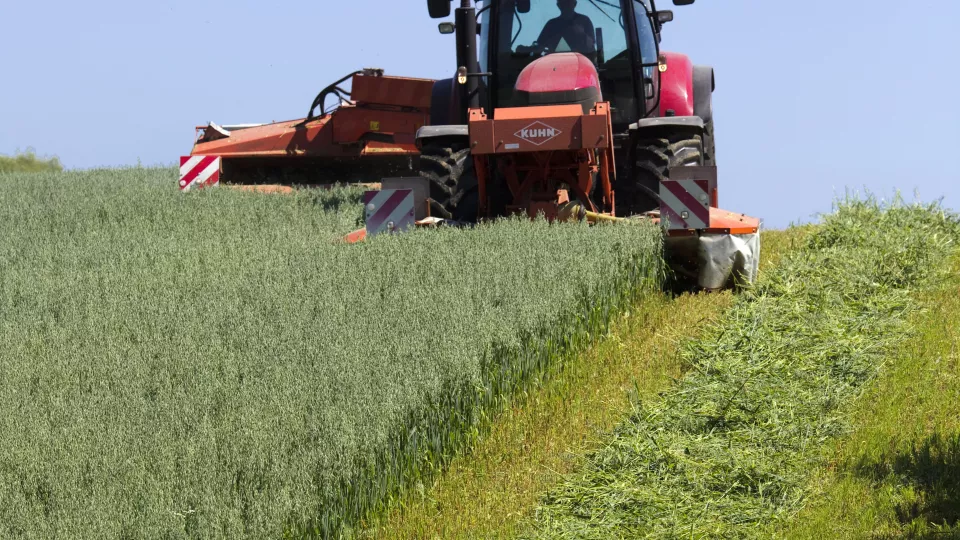From the abstract:
The terrestrial biosphere absorbs about 20% of fossil-fuel CO2 emissions. The overall magnitude of this sink is constrained by the difference between emissions, the rate of increase in atmospheric CO2 concentrations, and the ocean sink. However, the land sink is actually composed of two largely counteracting fluxes that are poorly quantified: fluxes from land-use change and CO2 uptake by terrestrial ecosystems. Dynamic global vegetation model simulations suggest that CO2 emissions from land-use change have been substantially underestimated because processes such as tree harvesting and land clearing from shifting cultivation have not been considered. As the overall terrestrial sink is constrained, a larger net flux as a result of land-use change implies that terrestrial uptake of CO2 is also larger, and that terrestrial ecosystems might have greater potential to sequester carbon in the future. Consequently, reforestation projects and efforts to avoid further deforestation could represent important mitigation pathways, with co-benefits for biodiversity.
Read the entire article here.


